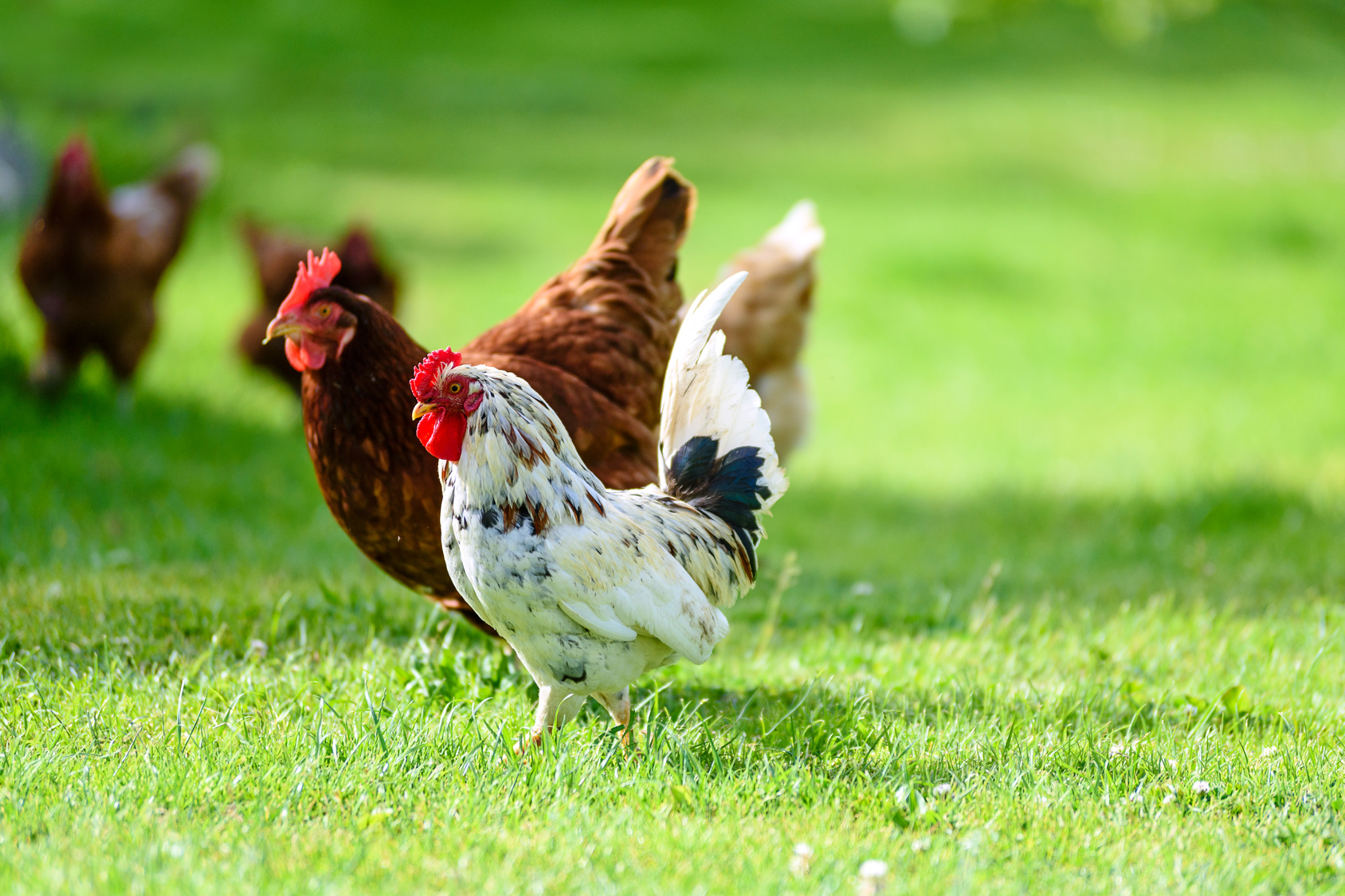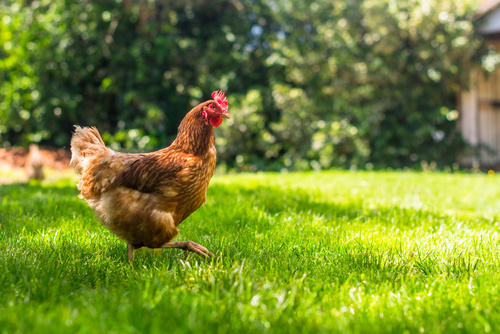16/01/2024
Keeping chickens outdoors - what matters when it comes to pasture
Chickens love to scratch the soil surface for worms, insect eggs, larvae, and small creatures. They also enjoy pecking at fresh leaves and short grasses. In general, they prefer structural variation, not only in food but also in outdoor enclosures.
Provide enough space and protect the turf
Chickens love to scratch and bathe. This puts a lot of strain on the turf and can damage the outdoor area. Therefore, it's especially important to ensure that the chickens spend as much time as possible in the outdoor area. The solution is to provide structure and variety.
How to create attractive outdoor offers
- Distribute different structures evenly across the pasture
- Sand bathing options (materials with a fine, dry and grainy texture, e.g. fine play sand, quartz sand)
- Rotating pasture – change the area of the pasture regularly (the turf has time to recover from the chickens)
- Spread litter at the transition from the stable to the pasture (possibly wood chips, gravel, etc. to avoid contamination from wet soil)
- Create bad weather run (roofing of outdoor area)

The pasture should be designed so that the entire area is used by the chickens. Steep and wet areas should generally be avoided. A well-designed outdoor area protects against predators (such as hawks, etc.), offers sufficient shade, and should offer sufficient cover (trees, shrubs, etc.). Artificial structural elements such as ladders and roofs are also possible. Artificial and mobile structural elements have the advantage that they can be moved, thus allowing the turf to regenerate from time to time. Various objects are suitable, such as huts, wagons, stretched tarpaulins, camouflage or windbreak nets, and portable sand baths. In outdoor areas, about 50% of the structure should be provided by natural vegetation.
Possibilities to change pasture
It is recommended to provide several pastures for the chickens. This allows for a rotation of the pastures, giving the turf time to recover after grazing. The vegetation can be mown, and hollows caused by pecking, scratching, or sandbathing can be filled and reseeded. Bare patches in the turf can be quickly repaired this way. Ensure that newly rehabilitated areas have sufficient time to regenerate and are fenced off from the pasture.

